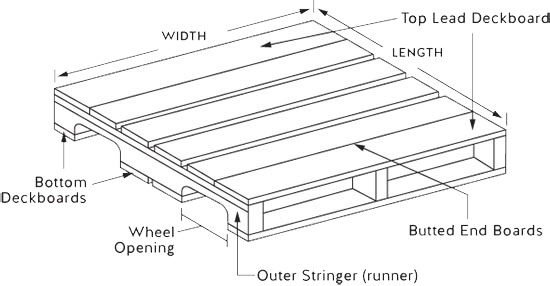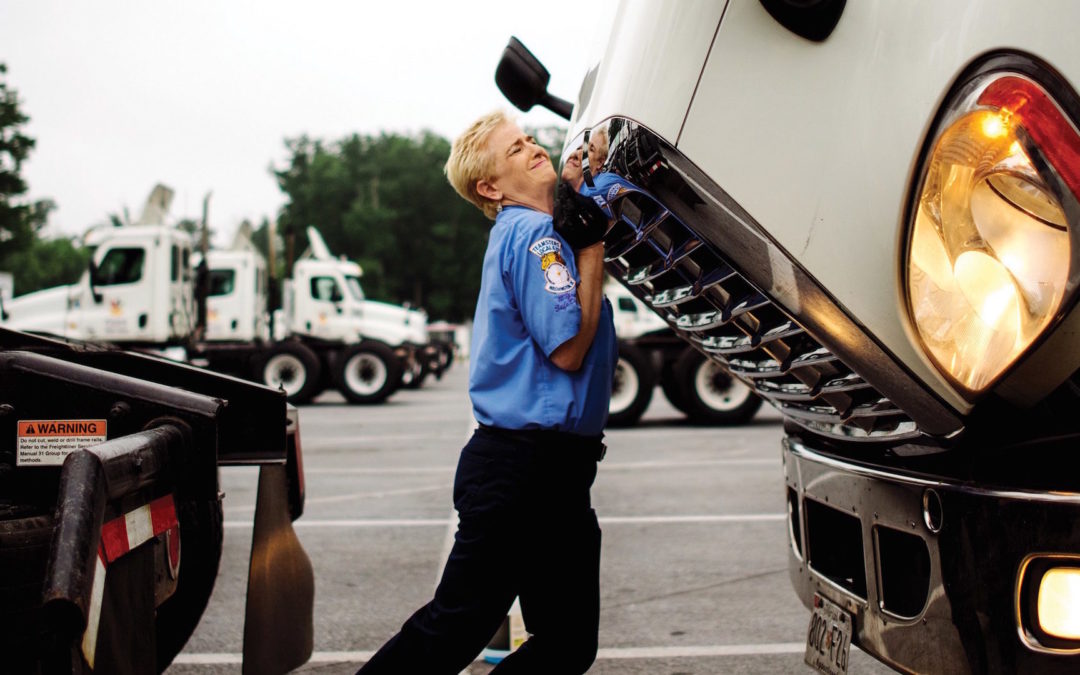
Food Movers: Behind the Wheel
Annette Womack gets to work at 7 a.m. and clocks in at the Giant Food distribution center in Jessup, Maryland.
Thanks to her seniority with the company — she’s worked for Giant Food for 21 years — she’s got first pick of the daily delivery routes. She chooses a long round trip to Virginia, her home state, and heads out to check her rig.
Womack is one of the people behind the scenes of the nation’s food supply chain. Without her and all the folks driving those ubiquitous 18-wheelers moving food from farm to distribution center to store, grocery shelves would be depleted within a couple of days.
Womack is a petite blonde, with a snappy southern twang and a sweet-as-pie disposition. When she first started driving 30 years ago, her tractor (the cab part of a tractor-trailer truck) had to be specially fitted with blocks velcroed to the pedals to ensure her feet could reach them.
While the cabs are more accommodating now than when she first hit the road — thanks to reachable pedals, air conditioning and computers that track routes, drive times and inventory — some things have gotten worse: namely, traffic.
“There is no sweet spot anymore,” Womack says. “I get it in the morning, and then I get it in the afternoon. I do a whole lot of sitting. Patience is a virtue.” With all the traffic comes a lot of other frustrated drivers. But Womack looks for the good in those sharing her roads. “When one person out of 20 waves when you let them over, then that makes up for all the ones who just took the space” — i.e., cut her off — “without waiting to be invited.”
Read more about Annette and her “sister” drivers.
Womack is one of the top drivers in an industry where just 6 percent of drivers are women. She’s been driving for 30 years and was named Maryland Truck Driver of the Year in 2015, the first time a woman took home that award in the 80-year history of the Maryland Motor Truck Association.
Her unflinching commitment to safety is one of the things Womack is known for. At Giant Food, where the company makes about 1,100 deliveries per week and drivers cover more than 11 million miles per year, she trains new drivers in the art of navigating narrow urban streets in and around Washington, D.C., and Baltimore.
“It’s really overwhelming,” she admits. Low-hanging branches on tree-lined D.C. streets may offer shade to pedestrians, but they’re perilous for truckers. “We have to worry about what I call ‘can-opening’ the top of a trailer because the limbs are too low,” she says. “Sometimes people give standing ovations in cities because they’ll stand there and watch you maneuver your trailer into a hole with about two inches on each side. You just want to give yourself a pat on the back because you can’t believe you did it.”
To help new drivers, Womack took it upon herself to write a route book for all 169 Giant Food stores, complete with diagrams, maps and information about the most efficient ways to reach the stores and how to get into tight loading zones. “It took hundreds and hundreds of hours, pasting and cutting the old-school way, with toothpicks and glue and little bitty arrows,” she says. “But it’s just about published, and I’m so excited for the new folks to use it.”
As a transporter of food products, Womack is also vigilant about her cargo. When she’s driving a refrigerated trailer — aka, a “reefer” — she checks and double-checks the temperature settings, ensuring she has a well-functioning refrigerator and enough fuel to keep it cold for the duration of the trip.
“You need that temperature to be at 35 degrees, and you need that refrigerator to work properly,” she says. “If it doesn’t, you can lose $40,000 worth of merchandise,” a catastrophe Womack has never experienced in her 1.7-million-mile career.
The importance she places on safety extends to those with whom she shares the road. When driving in the rain and snow, she takes it extra slow. “If you take it for granted,” she says, “things happen.” More than once she has stopped to lend a hand. One time, a young couple driving a big U-Haul truck had pulled to the side of the road, the husband signaling for help because his brakes were on fire, a result of so much stopping in heavy traffic.
“I pulled up behind them and grabbed the fire extinguisher and put out the fire,” she recalls. “And then I got back in my truck and went on my way.” Giant Food recognized Womack for that act of service, just one in a long career with many such stories. “We can help people,” she says. “As drivers, we can do more.”
She knows the important role truckers play in ensuring that fresh foods and other goods are available to American shoppers when and where they want them. Womack and other drivers doing daily deliveries for Giant Food are “local” drivers, beginning and ending their shifts each day at their home domicile (the place where the trailers sleep at night). Other truckers are out on the road for days and weeks at a time, bringing things like produce from California to Giant’s Maryland distribution centers.
“They’re the meat and bones of getting whatever you want to your house,” she says. “If one day the big trucks stop rolling for two days, we’ll all be hurting.”
Eleven hours after it began, with a trip to Virginia and back completed, Womack heads home for the evening. Then it’s back tomorrow to hit the road again.

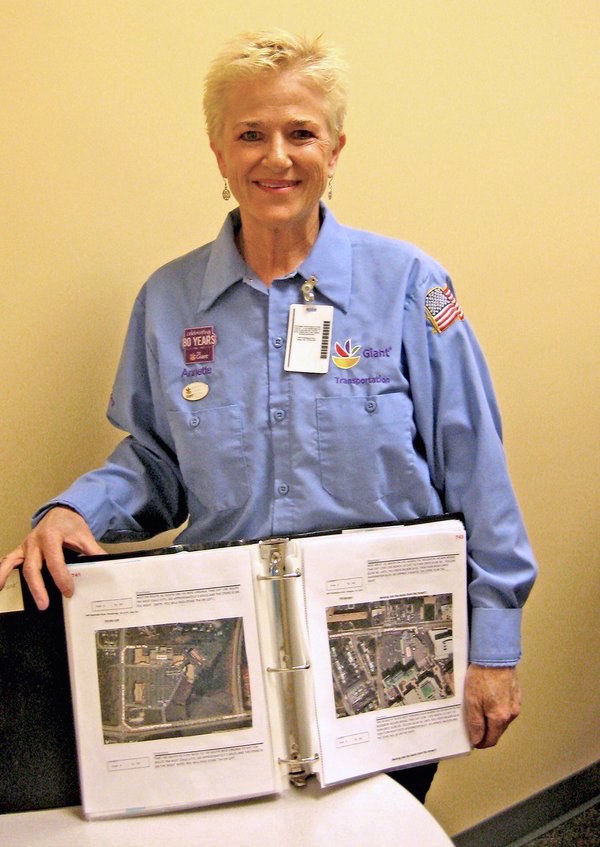
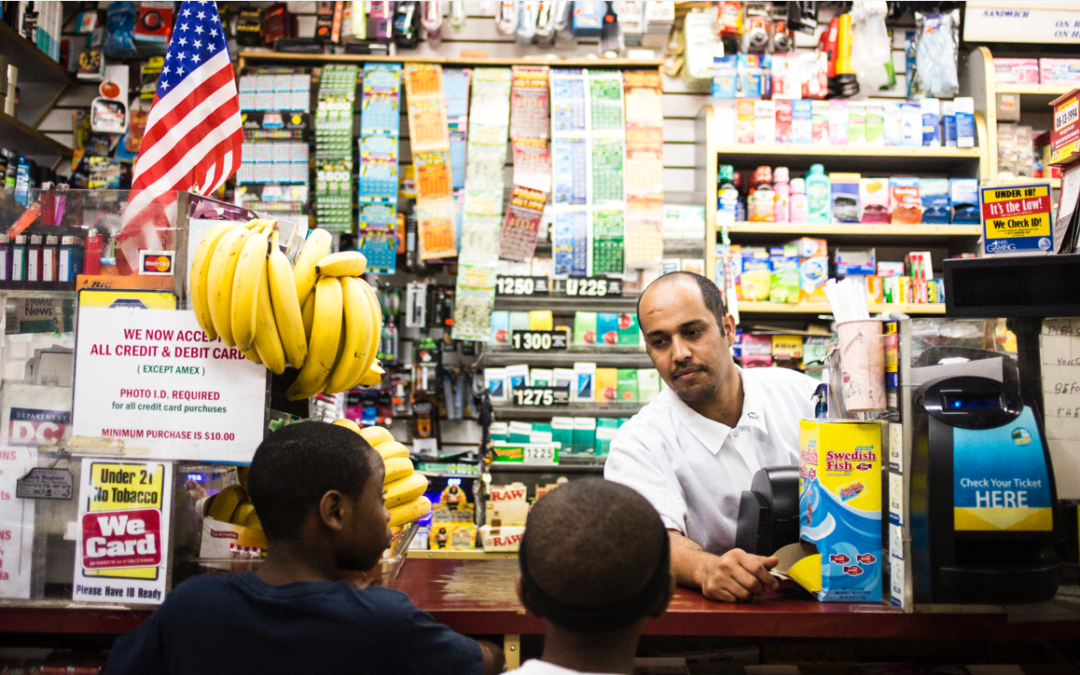

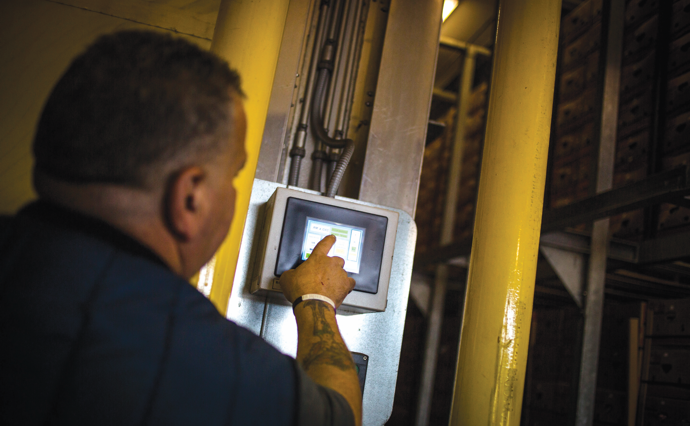
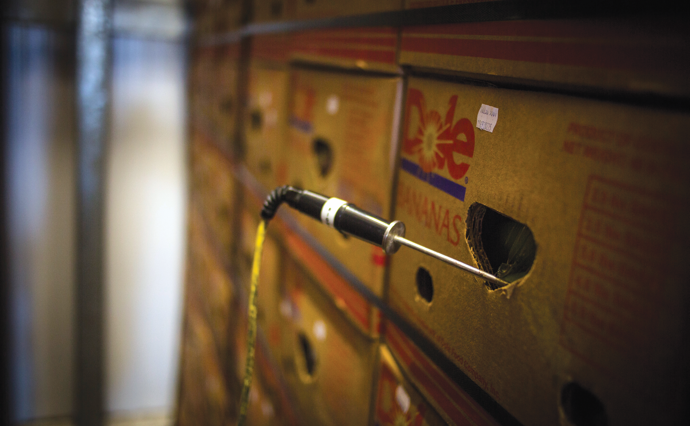
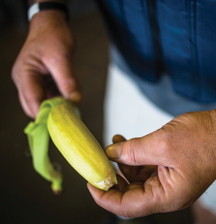

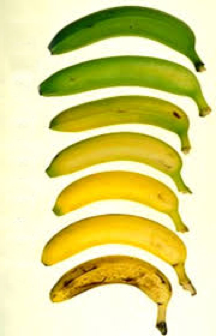
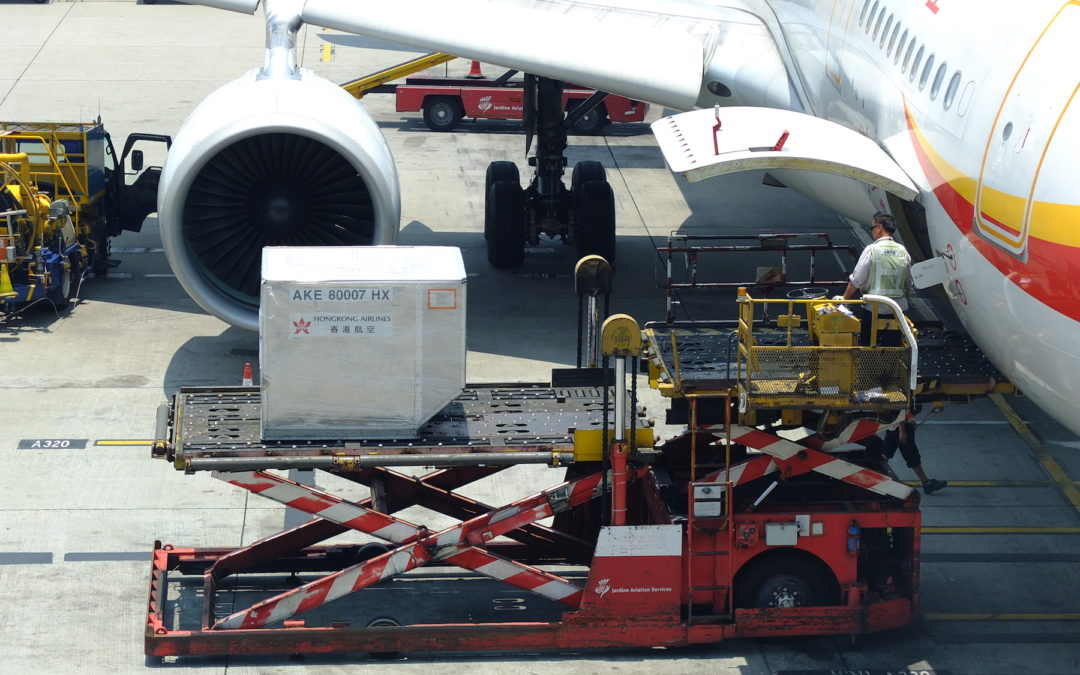




 What brain-tickling books, podcasts, movies or YouTube channels are you enjoying right now? Tweet us
What brain-tickling books, podcasts, movies or YouTube channels are you enjoying right now? Tweet us 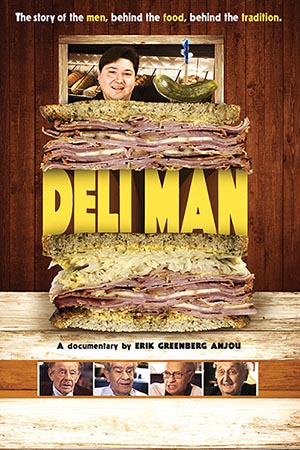
 DELI MAN
DELI MAN




 Clover
Clover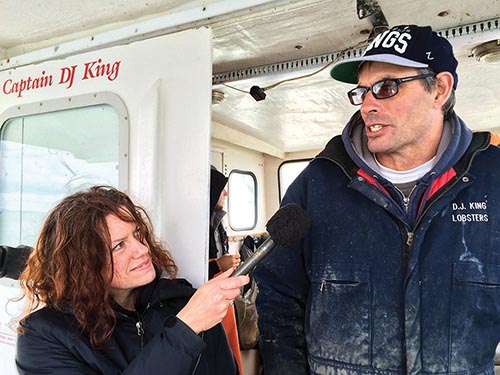

 GASTROPOD; 99 PERCENT INVISIBLE
GASTROPOD; 99 PERCENT INVISIBLE



